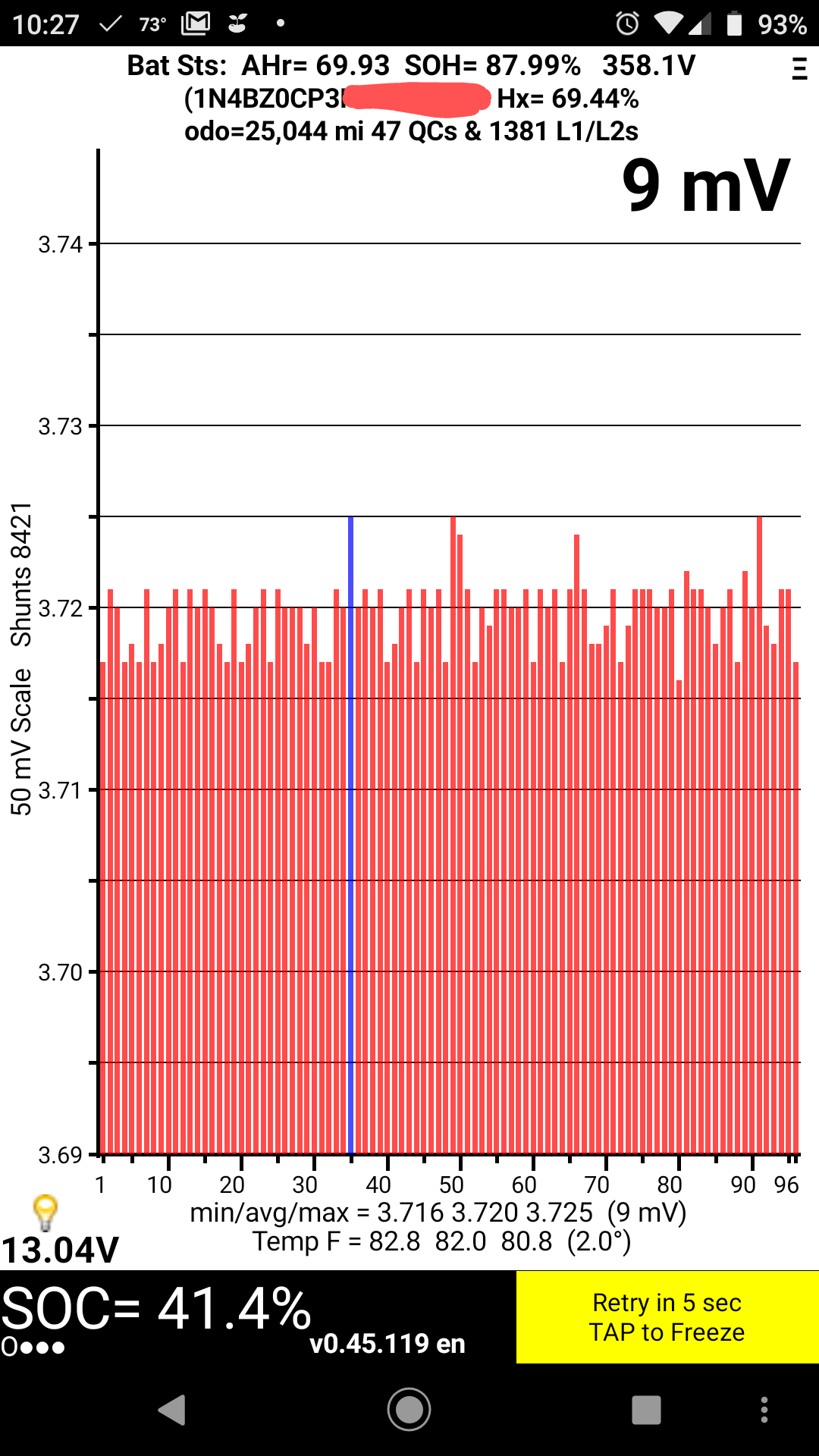OrientExpress said:Has your vehicle had the update done to it that corrects a SW bug that reports accelerated degradation on low-mileage 2016-2017 30kWh LEAFs? You will need to visit a Nissan workshop to have this verified.
From what you describe, your vehicle has all of the characteristics of a car that has not had the SW patch done.
Here are some articles for reference that describe the issue and the fix:
https://insideevs.com/nissan-issues-software-fix-for-2016-17-leaf-battery-reporting-issues/
http://cleanfleetreport.com/exclusive-nissan-leaf-battery-fix/
http://cleanfleetreport.com/exclusive-documents-from-nissan-leaf-battery-issue/
From 2017 i bet that this car doenst have any recall from nissan for BMC update.

